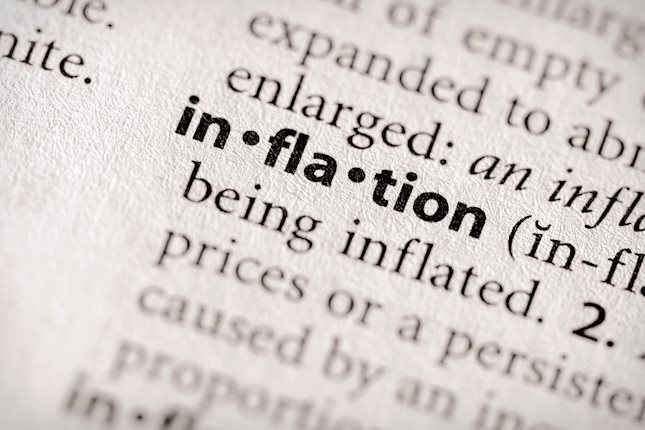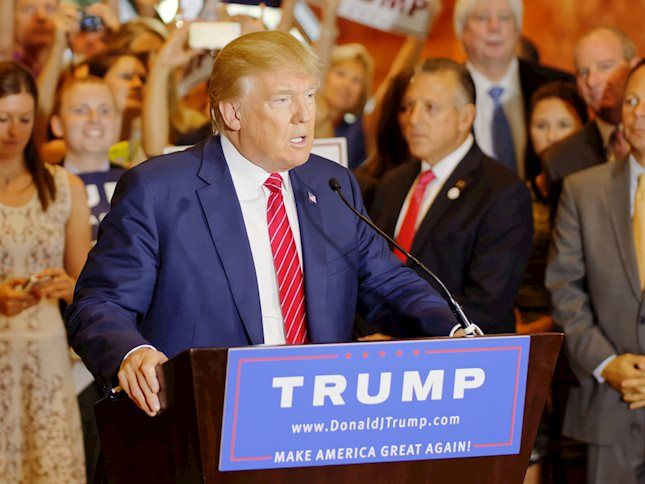US hiring slowed in Aprill, and Non-Farm payrolls rose by 175k in April, below the 240k expected, and well below the monthly average of the past year of 242k. The slowdown was evident in both the establishment and household survey, as the unemployment rate also ticked up to 3.9%, and the annual rate of average hourly wage growth also retreated to 3.9% from 4.1%. This is the first time that wage growth has had a 3% handle since mid-2021.
Slow government hiring weighs on NFPs
The details of the payrolls report were worth watching. Healthcare and social care saw jobs gains at around the average monthly pace of the past 12 months. However, transport and warehousing saw job growth accelerate above the long-term trend in April.
The sectors weighing on jobs growth included government hiring, which slowed to 8k last month, well below the average of 55k of the past 12 months. Construction employment was mostly flat. There was little change in hiring from the tech sector, mining and quarrying, oil and gas extraction, professional and business services and leisure and hospitality.
Could inflation dip in Q2?
The three sectors that are worth noting are the leisure and hospitality sector, the IT sector and oil and gas. Leisure and hospitality is a major employer, also consumer spending in this sector has driven inflation higher. If hiring is slowing down in this sector, then it could suggest less price pressure in this sector going forward. Flat growth in the IT sector is also interesting. This sector went on a massive hiring spree in the post-covid years so a slowdown could be expected. Looking to the future, if AI is going to be implemented into the tech sector first, then job growth may slow, as AI replaces human jobs. While it is too early to see this trend right now, the dawn of AI is expected to have a major impact on employment trends, and thus on the payrolls reports of the future.
How a weakening Oil price weighed on NFPs
Flat employment in the oil and gas sector last month is also revealing, since it comes at the same time as the oil price has had a steep decline in the past month. The WTI oil price is down more than 7% in the past month, while the Brent price is down more than 5%. WTI is now below $80 per barrel at $79.33. When the oil price falls so sharply, this can erode the desire to hire in the sector. If the oil price continues to decline, or if it remains below $80-$85 per barrel in the coming weeks, then we could even see layoffs in this sector.
The market reaction
We mentioned that the options market was priced for a big reaction to this report. The S&P 500 is expected to open sharply higher, and it may jump above 5,200. The risk-on market theme has also helped the FTSE 100, which made a fresh record high on Friday. The 2-year Treasury yield is lower by 10 basis points and is at its lowest level for nearly a month. The dollar is weaker across the board and is the weakest currency in the G10 since the Fed meeting on Wednesday. The weaker payrolls report is likely to exacerbate the decline. USD/JPY has been a major mover to the downside this week, led lower by weaker payrolls and a less hawkish Fed, along with a boost to the yen from BOJ intervention. USD/JPY is down 8 big figures in a week, which is a massive move. The fact that the decline in the yen has been sustained could lead to 1, a stronger yen from now on, or at least a more stable yen, and 2, less volatility in the FX space, as interest rate differentials between the US and elsewhere narrow, that takes the upward pressure off of the US dollar.
A rate cut in September is now a possibility
There has been a huge movement in US interest rate expectations. There is now a 50% chance of a rate hike in September, up from 31% in April. Earlier this week there was only 1 rate cut priced in from the Fed for 2024, as we end the week, there are now nearly two cuts priced in.
Overall, risk sentiment has been given a boost this week from a less hawkish Fed and payrolls data that is moving in the direction needed for interest rate cuts in the US. The combination of payrolls and the Fed have helped to increase rate cut expectations for 2024, with no chance of a rate hike for this year expected. What a difference a week makes.
CFD’s, Options and Forex are leveraged products which can result in losses that exceed your initial deposit. These products may not be suitable for all investors and you should seek independent advice if necessary.
Recommended Content
Editors’ Picks

EUR/USD stays vulnerable near 1.0600 ahead of US inflation data
EUR/USD remains under pressure near 1.0600 in European trading on Wednesday. The pair faces headwinds from the US Dollar upsurge, Germany's political instability and a cautiou market mood, as traders look to US CPI data and Fedspeak for fresh directives.

GBP/USD trades with caution below 1.2750, awaits BoE Mann, US CPI
GBP/USD trades with caution below 1.2750 in the European session on Wednesday, holding its losing streak. Traders turn risk-averse and refrain from placing fresh bets on the pair ahead of BoE policymaker Mann's speech and US CPI data.

Gold price holds above $2,600 mark, bulls seem non committed ahead of US CPI
Gold price staged a modest recovery from a nearly two-month low touched on Tuesday. Elevated US bond yields and bullish USD cap gains for the non-yielding XAU/USD. Traders now look forward to the key US Consumer Price Index report a fresh impetus.

US CPI data set to confirm inflation ramped up in October as traders pare back Fed rate cut bets
As measured by the CPI, inflation in the US is expected to increase at an annual rate of 2.6% in October, a tad higher than the 2.4% growth reported in September. The core annual CPI inflation, excluding volatile food and energy prices, will likely remain at 3.3% in the same period.

Forex: Trump 2.0 – A high-stakes economic rollercoaster for global markets
The "Trump trade" is back in full force, shaking up global markets in the aftermath of the November 5th U.S. election. This resurgence has led to substantial shifts in both currency and bond markets, with the U.S. dollar index (DXY) jumping 2.0% + since election day.

Best Forex Brokers with Low Spreads
VERIFIED Low spreads are crucial for reducing trading costs. Explore top Forex brokers offering competitive spreads and high leverage. Compare options for EUR/USD, GBP/USD, USD/JPY, and Gold.